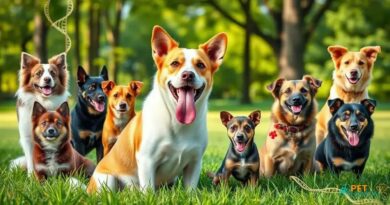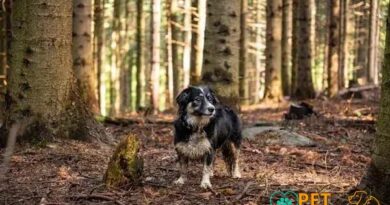What is: Artificial turf for dog play areas
What is Artificial Turf for Dog Play Areas?
Artificial turf for dog play areas is a synthetic grass surface designed specifically for pets. Unlike natural grass, this material provides a durable, low-maintenance solution that can withstand heavy use by dogs. It mimics the look and feel of real grass, offering a comfortable space for dogs to play, run, and relax. This type of turf is often made from polyethylene or polypropylene fibers, which are non-toxic and safe for pets, ensuring a worry-free environment for both dogs and their owners.
Benefits of Using Artificial Turf for Dogs
One of the primary benefits of artificial turf for dog play areas is its resilience. It can endure the wear and tear caused by active dogs, making it an ideal choice for dog parks or backyards. Additionally, it eliminates the need for constant mowing, watering, and fertilizing, which are essential for maintaining natural grass. This not only saves time and effort but also reduces water usage, making it an environmentally friendly option. Furthermore, artificial turf is designed to drain quickly, preventing muddy patches and ensuring a clean play area for dogs.
Safety Features of Artificial Turf
Safety is a paramount concern for pet owners, and artificial turf addresses this issue effectively. Many products are designed with a cushioned backing that provides a soft landing for dogs, reducing the risk of injuries during play. Additionally, the materials used are often treated to resist bacteria and odors, ensuring a hygienic environment. Some artificial turfs even come with antimicrobial properties, further enhancing their safety for pets. This makes artificial turf a practical choice for dog owners who prioritize their pets’ well-being.
Installation Process of Artificial Turf
The installation of artificial turf for dog play areas involves several steps to ensure a proper fit and functionality. First, the area must be cleared of debris and vegetation. Next, a base layer of crushed rock or gravel is laid down to provide drainage and stability. After that, the turf is rolled out and secured in place, often using infill materials like sand or rubber to enhance durability and comfort. Proper installation is crucial to prevent issues such as wrinkling or shifting, which can affect the usability of the play area.
Maintenance of Artificial Turf
While artificial turf requires less maintenance than natural grass, it is not entirely maintenance-free. Regular cleaning is essential to remove pet waste, dirt, and debris. A simple rinse with water can help keep the surface clean, while occasional brushing can maintain its appearance. Additionally, it’s important to check for any signs of wear or damage, as prompt repairs can prolong the life of the turf. By following these maintenance tips, pet owners can ensure their artificial turf remains a safe and enjoyable space for their dogs.
Environmental Impact of Artificial Turf
Artificial turf for dog play areas has a significant environmental impact compared to traditional grass. By reducing the need for water, pesticides, and fertilizers, it contributes to water conservation and minimizes chemical runoff into the ecosystem. Moreover, many manufacturers are now producing turf from recycled materials, further enhancing its sustainability. However, it’s important for pet owners to consider the end-of-life disposal of artificial turf, as it is not biodegradable. Choosing products that offer recycling options can help mitigate this concern.
Cost Considerations for Artificial Turf
The initial investment for artificial turf can be higher than that of natural grass, but it often proves to be more cost-effective in the long run. When considering the costs, pet owners should factor in the savings from reduced water bills, lawn care expenses, and the longevity of the turf. Many artificial turf products come with warranties that can last several years, providing peace of mind regarding durability. By evaluating both the upfront and ongoing costs, pet owners can make an informed decision about whether artificial turf is the right choice for their dog play area.
Choosing the Right Artificial Turf
When selecting artificial turf for dog play areas, it’s essential to consider factors such as pile height, density, and material quality. A higher pile height can provide a more natural feel, while denser turf can withstand heavy use better. Additionally, pet owners should look for turf that is specifically designed for pets, as these products often include features like enhanced drainage and odor resistance. Reading reviews and seeking recommendations can also help in choosing the best option for a dog-friendly environment.
Popular Uses of Artificial Turf Beyond Dog Play Areas
While artificial turf is commonly used for dog play areas, its versatility extends to various applications. Many homeowners use it in their backyards, creating low-maintenance landscapes that remain green year-round. Additionally, artificial turf is popular in commercial settings, such as dog daycare facilities and pet-friendly parks. Its durability and ease of maintenance make it an attractive option for businesses looking to provide safe and enjoyable spaces for pets. As the demand for pet-friendly environments grows, artificial turf continues to gain popularity across different sectors.



